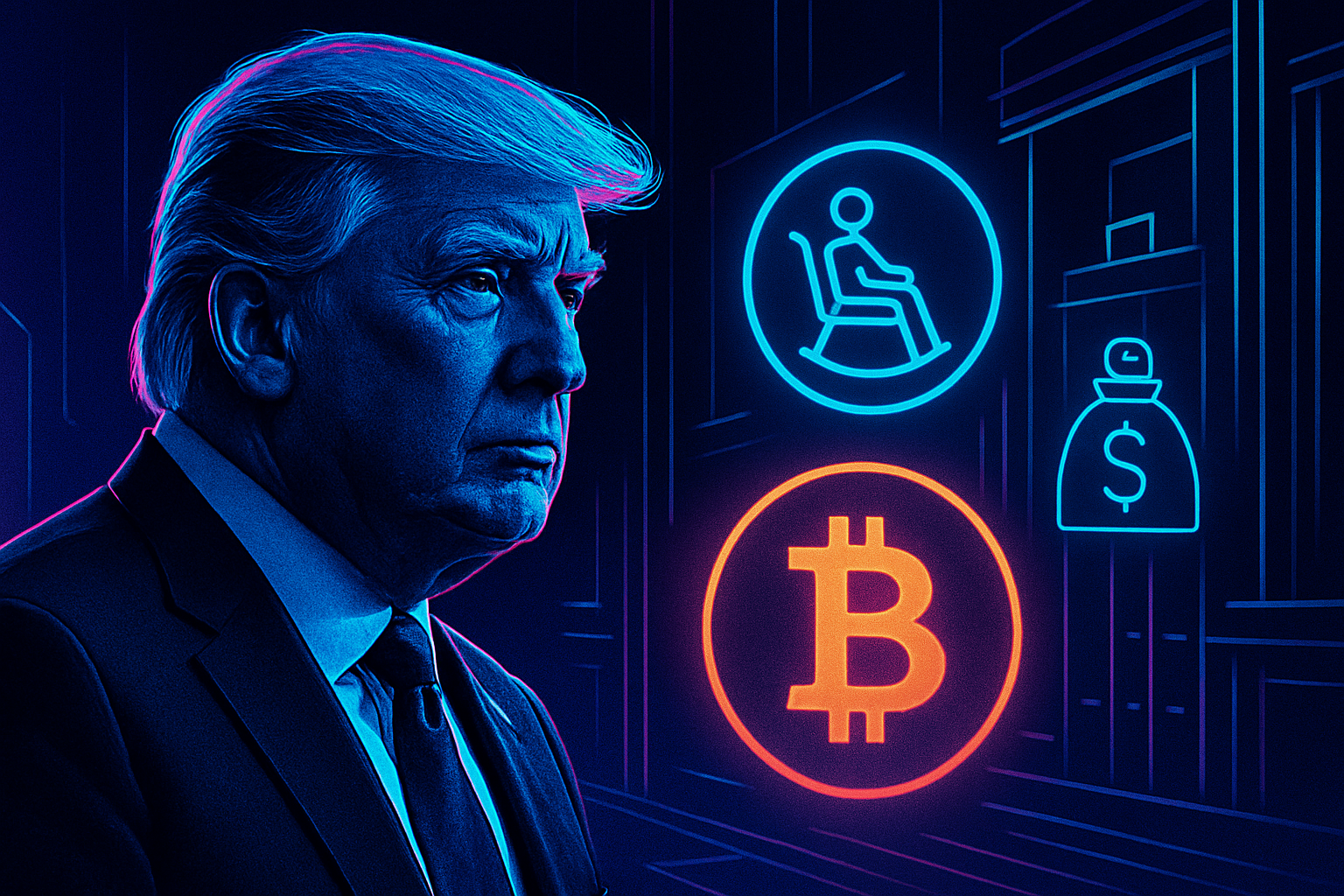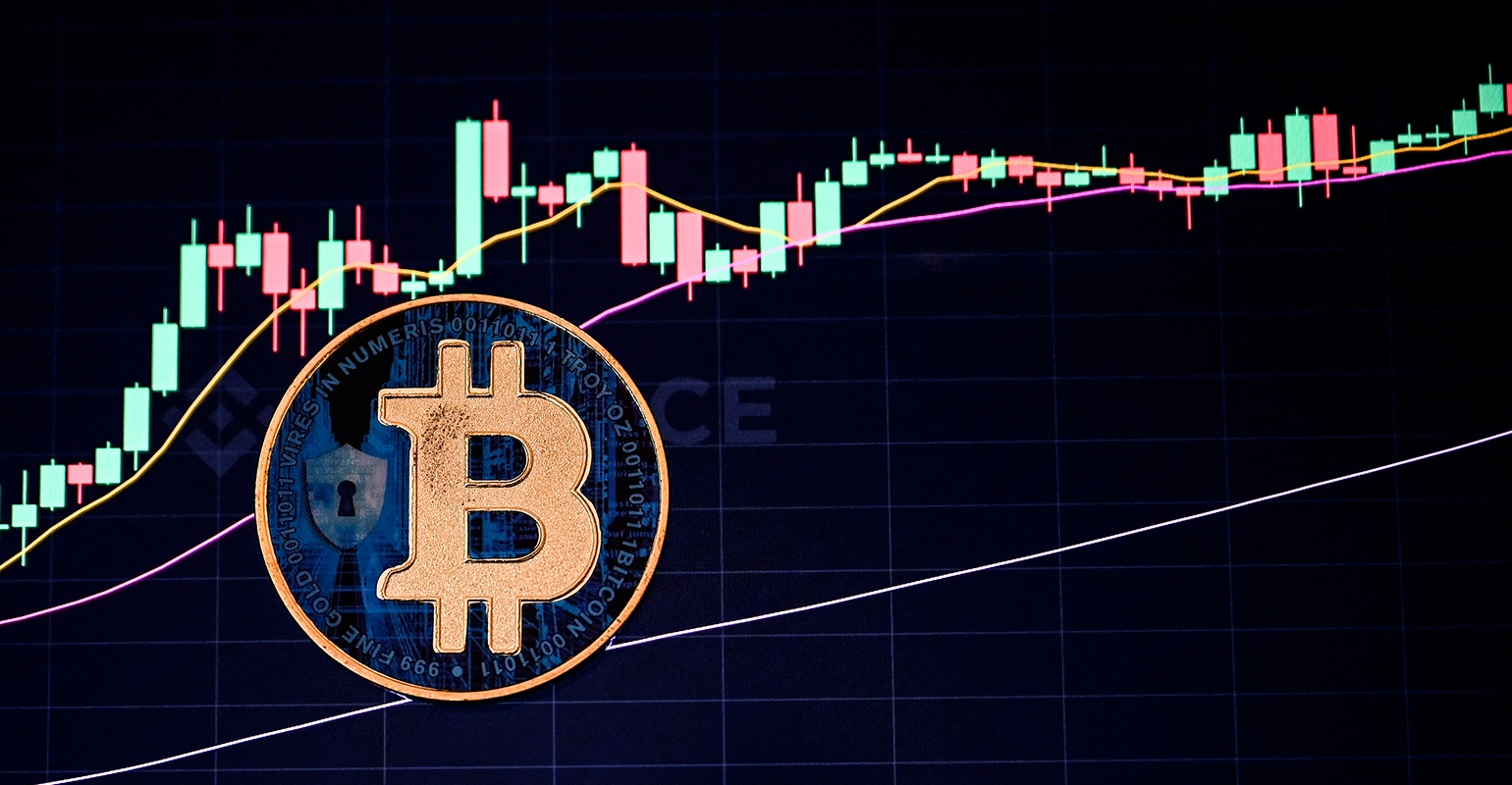
On August 7,2025, President Donald Trump signed an executive order that could fundamentally reshape the retirement landscape for millions of Americans. Titled “Democratizing Access to Alternative Assets for 401(k) Investors, ” this directive instructs the Department of Labor to pave the way for Americans to include alternative assets like private equity, real estate, and, crucially, cryptocurrencies in their 401(k) retirement plans. The move has sent ripples through financial circles, igniting both excitement and caution among investors and advisors alike.
Trump Executive Order Crypto 401k: What Changed?
The executive order marks a sharp turn from previous regulatory stances that often viewed digital assets in retirement accounts with skepticism. Now, with the Department of Labor tasked to reassess fiduciary guidelines and coordinate with other agencies, the door is officially open for cryptocurrency in 401k retirement plans. This policy shift aims to give Americans broader access to assets that were once the province of institutional investors or high-net-worth individuals.
According to the White House fact sheet and multiple financial news outlets, the executive order is part of a concerted effort to democratize investment options and modernize retirement savings vehicles. Lawmakers are already working to codify the order into law, signaling that this isn’t just a fleeting policy experiment but potentially a lasting change for the $12.5 trillion 401(k) market.
Real-Time Crypto Price Data: Bitcoin’s Current Role in Retirement Accounts
As of October 15,2025, Bitcoin (BTC) is trading at $112,084.00, down $1,526.00 (-1.34%) in the past 24 hours. Ethereum (ETH) stands at $4,084.24, a decrease of $74.82 (-1.80%). These real-time figures underscore the characteristic volatility of digital assets, a central issue for anyone considering crypto allocations in retirement portfolios.
With Bitcoin maintaining a position well above $100,000, its inclusion in 401(k) plans is more than symbolic. It signals a maturing asset class that, despite recent dips, continues to attract institutional and retail attention. The new rules could prompt plan providers to offer Bitcoin and other digital assets as direct investment options or through crypto-exposed funds, fundamentally changing how Americans build long-term wealth.
Opportunities and Risks: What Retirement Investors Should Consider
The allure of alternative assets in retirement planning is clear: diversification and the potential for higher returns. Crypto, in particular, has delivered outsized gains over the past decade, outperforming many traditional asset classes. However, the risks are equally pronounced. Cryptocurrencies are notorious for their price swings, as evidenced by Bitcoin’s recent $1,526 drop in a single day. Private equity and real estate, while less volatile, come with liquidity concerns and longer investment horizons.
For retirement investors, this means a careful balancing act. While the executive order opens new doors, it also places a greater onus on individuals to understand what they are investing in, assess their risk tolerance, and consider how alternative assets fit into their broader financial goals. Thorough due diligence and consultation with financial advisors are more important than ever.
Bitcoin (BTC) Price Prediction 2026-2031 Under New 401(k) Regulations
Forecasts based on current 2025 market data, regulatory changes, and anticipated adoption in retirement portfolios.
| Year | Minimum Price | Average Price | Maximum Price | % Change (Avg YoY) | Key Scenario Insights |
|---|---|---|---|---|---|
| 2026 | $93,000 | $124,000 | $156,000 | +10.6% | Increased 401(k) adoption; initial volatility as institutions adjust |
| 2027 | $105,000 | $137,500 | $172,000 | +10.9% | Broader institutional acceptance; regulatory clarity boosts inflows |
| 2028 | $120,000 | $153,000 | $192,000 | +11.3% | ETF/retirement flows accelerate; tech upgrades (e.g., Lightning Network) |
| 2029 | $135,000 | $170,000 | $215,000 | +11.1% | Market matures; new all-time highs as alternative assets gain favor |
| 2030 | $150,000 | $188,000 | $240,000 | +10.6% | Global adoption in retirement accounts; increased competition from other assets |
| 2031 | $165,000 | $207,500 | $267,000 | +10.4% | Regulatory stability; BTC viewed as staple retirement asset |
Price Prediction Summary
Bitcoin’s inclusion in 401(k) plans, driven by the 2025 executive order, is likely to fuel significant institutional demand and mainstream adoption. While volatility will persist, especially in the early years as retirement plans adapt, the long-term outlook is bullish, with average yearly gains around 10-11%. Regulatory clarity and technological improvements will be key to sustaining growth. Minimum prices reflect potential bearish scenarios (e.g., macro shocks or regulatory setbacks), while maximums consider bullish institutional flows and global adoption.
Key Factors Affecting Bitcoin Price
- Institutional and retail adoption in 401(k) and retirement accounts
- Future regulatory clarity and SEC/Labor Department guidelines
- Macroeconomic environment and inflation trends
- Technological upgrades to the Bitcoin network (scalability, security)
- Competition from other cryptocurrencies and alternative assets
- Market liquidity and volatility, especially in early years of adoption
- Potential for global adoption of similar retirement policies
Disclaimer: Cryptocurrency price predictions are speculative and based on current market analysis.
Actual prices may vary significantly due to market volatility, regulatory changes, and other factors.
Always do your own research before making investment decisions.
For a deeper dive on how these regulatory shifts could impact your retirement planning, see how Trump’s executive order could reshape crypto allocations in 401(k) retirement plans.
Market Volatility and Regulatory Uncertainty: Looking Ahead
The current policy environment is dynamic. While the executive order is a significant step, the specifics of implementation remain to be seen. Regulatory agencies are now tasked with clarifying how fiduciary duty applies to digital assets and what safeguards will protect retirement savers from excessive risk or fraud. In the meantime, market volatility is likely to persist, especially as more Americans gain direct exposure to crypto through their retirement accounts.
Regulatory clarity will be essential as plan sponsors and custodians navigate new compliance requirements. The Department of Labor’s forthcoming guidance will likely address key questions around custody, valuation, and disclosure for digital assets in 401(k) plans. Investors should also be alert to evolving tax implications, as crypto gains may be treated differently than traditional asset classes within retirement accounts.

One immediate effect of the executive order is increased demand for educational resources on digital assets. Financial advisors are already fielding more inquiries about crypto retirement investing strategies, from direct Bitcoin allocations to diversified digital asset funds. As a result, many advisory firms are expanding their due diligence processes and risk assessment frameworks to incorporate the unique characteristics of digital assets.
How to Approach Crypto in Your 401(k) Right Now
Steps to Evaluate and Add Crypto to Your 401(k)
-

Verify if Your 401(k) Plan Allows Crypto InvestmentsContact your plan administrator or check your plan documents to confirm whether cryptocurrencies like Bitcoin (BTC) are now available as investment options following the executive order.
-

Research Approved Crypto Investment PlatformsIdentify which established platforms, such as Fidelity Digital Assets or Coinbase Institutional, your 401(k) provider partners with for crypto custody and trading.
-

Review Fees and Custody ArrangementsExamine the fee structures, custody solutions, and security protocols for crypto investments within your 401(k), as these can differ from traditional assets.
-

Assess Your Risk Tolerance and Investment HorizonCryptocurrencies like Bitcoin (currently $112,084) are highly volatile. Consider your ability to handle price swings and how long you plan to keep your funds invested.
-

Diversify Your PortfolioAvoid over-concentration in crypto. Balance your 401(k) by including a mix of traditional assets (stocks, bonds) and alternatives like crypto, as diversification can help manage risk.
-

Consult a Fiduciary Financial AdvisorSeek advice from a certified fiduciary or retirement specialist with experience in digital assets to ensure your crypto allocation aligns with your long-term retirement goals.
-

Monitor Performance and Regulatory UpdatesRegularly review your crypto holdings and stay informed about new Department of Labor guidelines or IRS rules that may impact your 401(k) investments.
If you’re considering adding Bitcoin or other cryptocurrencies to your retirement plan, start by reviewing your plan’s current investment menu and talking with your provider about upcoming changes. Some plans may roll out crypto options gradually, while others could partner with third-party custodians or fintech platforms specializing in digital assets.
It’s also wise to monitor legislative developments closely. As of October 2025, a new GOP-backed bill is moving through Congress that would codify Trump’s executive order into law, potentially making these changes permanent regardless of future administrations. For ongoing updates on the legal landscape, see what opening the $12.5 trillion 401(k) market to crypto means for your retirement.
Beyond Bitcoin: The Expanding Universe of Digital Assets
While Bitcoin at $112,084.00 remains the headline asset, Ethereum (currently at $4,084.24) and a growing roster of regulated tokenized funds are also drawing attention from retirement investors seeking exposure beyond BTC alone. The executive order may spur innovation among asset managers and fintechs aiming to create diversified products tailored for long-term savers.
This shift could have ripple effects across capital markets as well. The inclusion of digital assets in mainstream retirement vehicles would deepen liquidity and potentially stabilize prices over time, though volatility will remain a defining feature in the near term.
As always, prudent investors will weigh both upside potential and downside risks before making allocation decisions. Use scenario analysis tools, stress-test your portfolio under different market conditions, and stay informed as new guidance emerges from regulators.
The bottom line: Trump’s executive order signals a structural change in how Americans can approach retirement investing, but with greater freedom comes greater responsibility. Stay curious, stay cautious, and seek clarity before committing significant capital to this evolving asset class.
For more actionable insights on navigating these changes, and what they mean for your financial future, read our latest analysis on how Trump’s executive order could transform crypto 401(k) investments.





